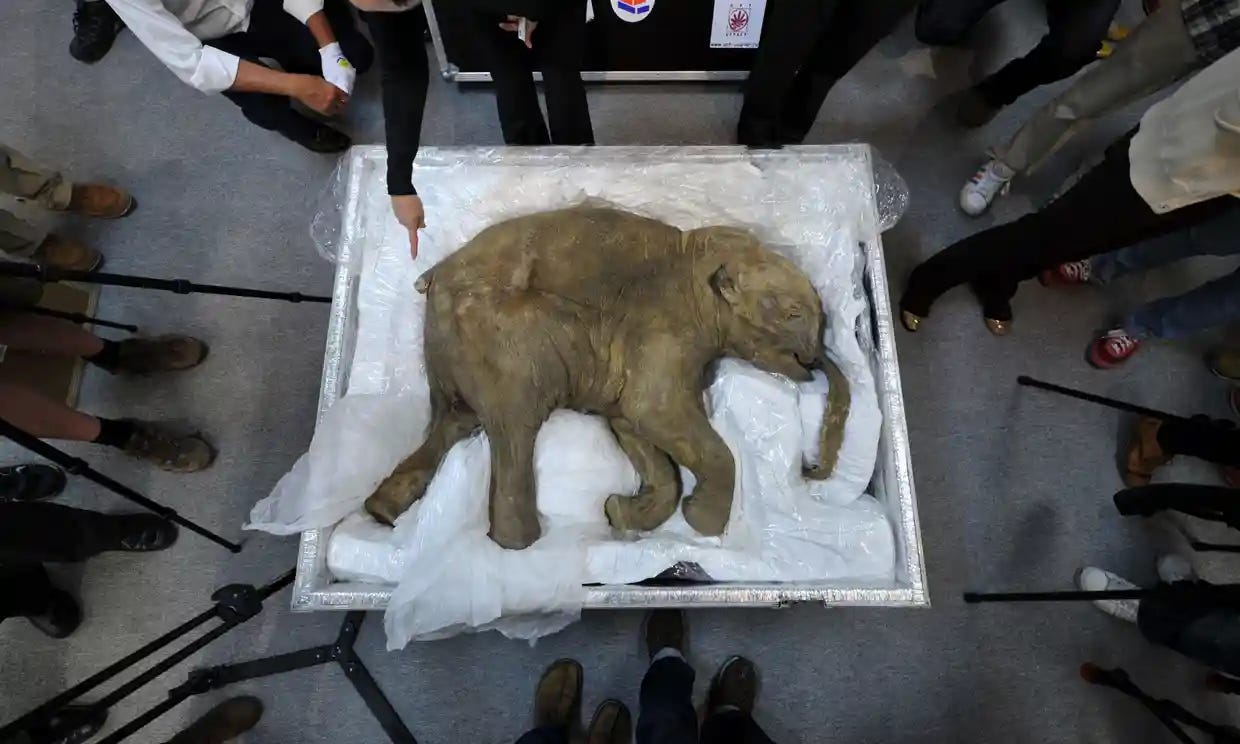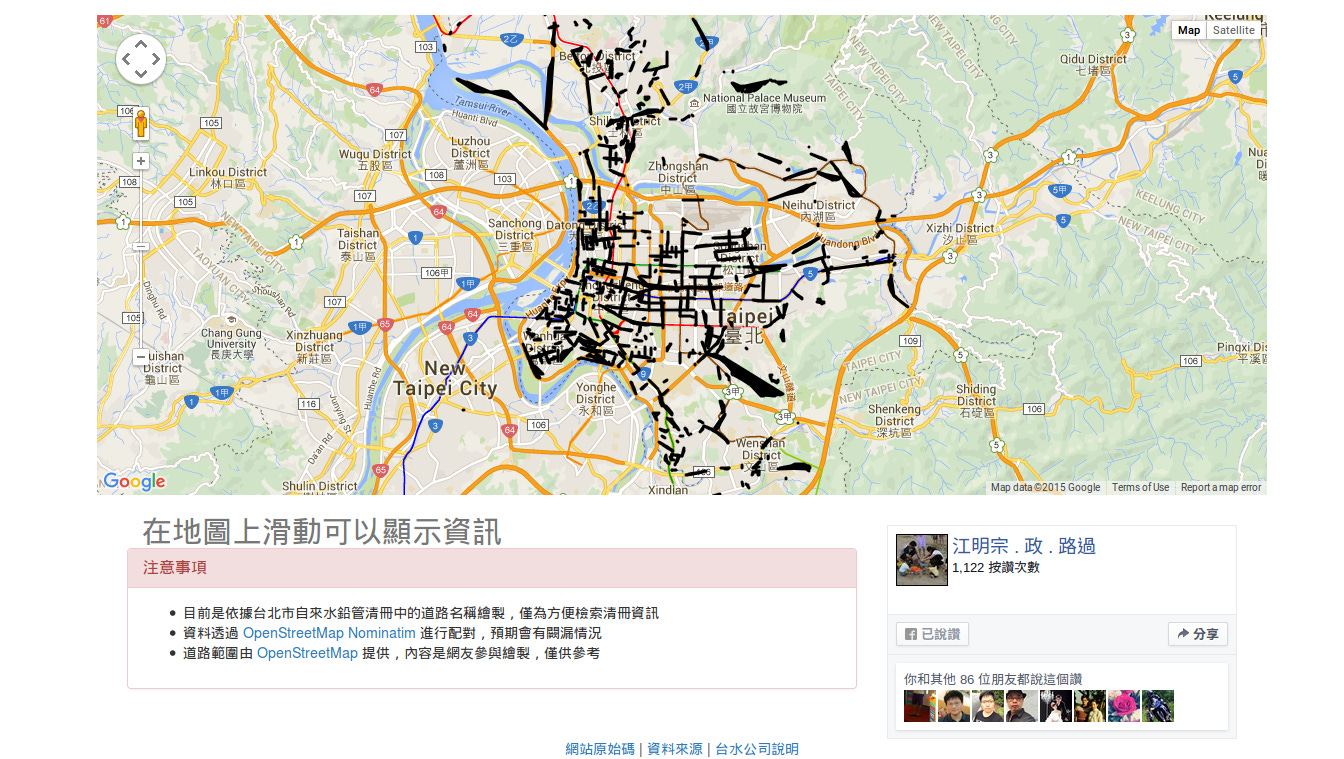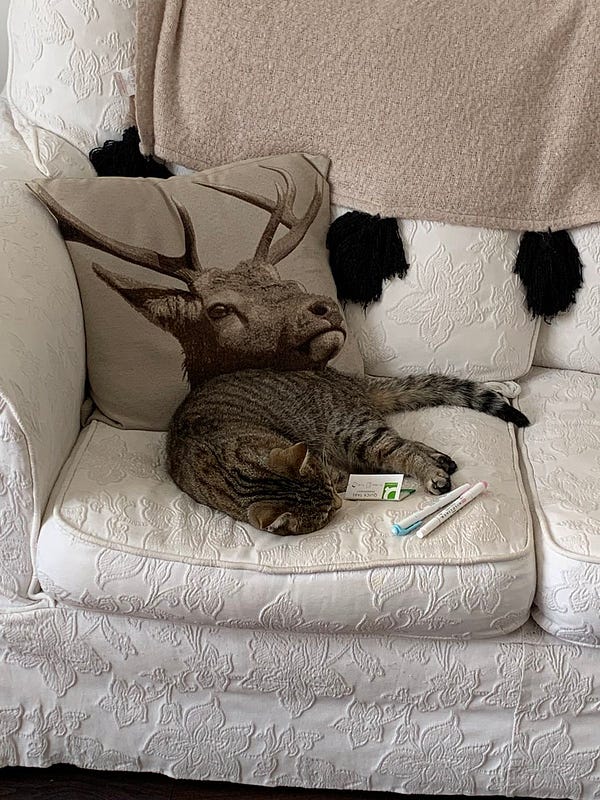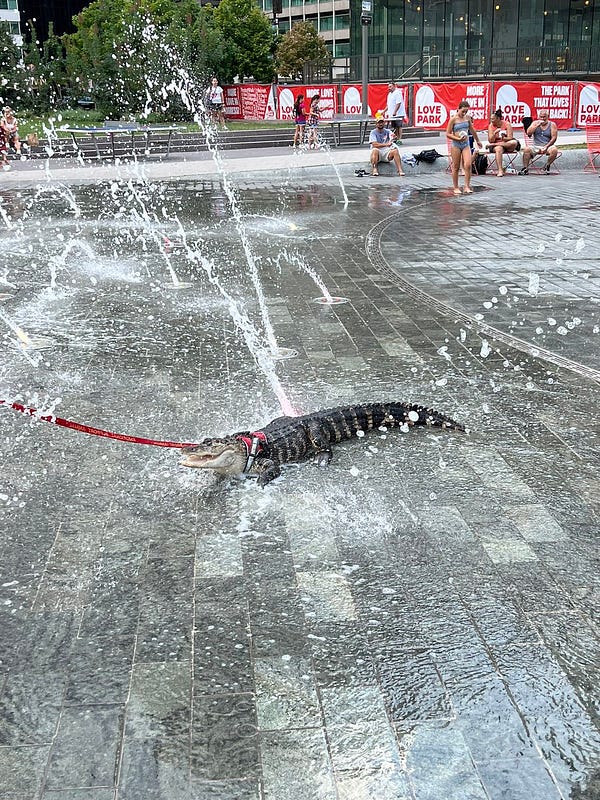Welcome to Will’s World issue #2! Thanks everyone for your kind and supportive words following issue #1. There seems to be a real appetite for this sort of alternative general interest content so here we go again! In this issue we cover some captivating stories from the worlds of biotech, policy and medicine. This week I am also launching a companion soundscape to Will’s World, called WW FM which will just be a playlist I update with each issue. Enjoy this issue and if you like what you’re reading then please subscribe or share with a friend!
We are bringing back the Woolly Mammoth to fight climate change
Science enables us to do some amazing things and this story is an example of one of them. Scientists are working on plans to bring back the long-extinct Woolly Mammoth to combat the worst effects of climate change in tundra and boreal forest regions. Mammoths once inhabited large swathes of Europe, Asia and North America until they went extinct about 4,000 years ago. As they walked around these snow-covered regions they compacted thick layers of winter snow. This helped the cold penetrate deep into the soil which led to a cooling effect on these regions. Without mammoths this cooling effect is absent and this accelerates the melting of permafrost (any ground that remains completely frozen for at least two years) which releases greenhouse gases that have been trapped for thousands of years. To put it into context as to how under-appreciated the permafrost thaw problem is, the carbon released from the melting of the world’s permafrost is equivalent to burning all the world’s forests 2 ½ times.
Leading the quest to bring back the Woolly Mammoth is Colossal, a biotech startup that has raised $15 million from investors. Colossal was founded by the interesting pairing of the famous Harvard geneticist George Church and UFO hunter, entrepreneur and investor Ben Lamm. Their approach will see them use an African elephant as the surrogate mother for an embryo that is a hybrid between an Asian-Woolly Mammoth. This hybrid species will be created by using DNA from the frozen (and well-preserved remains) of mammoth tissue samples. This incredibly ambitious plan has been made possible by advances in genomic biotechnology such as CRISPR genome editing. While Asian elephants are more closely related to mammoths (they share 99.6% of the same DNA makeup), they are an endangered species so by using an African elephant Colossal are ensuring they don’t add any extra burdens to this species’ population. Additionally, African elephants are larger and this will reduce the risk involved in the birth of this elephant-mammoth hybrid. This hybrid species will have the required physical features to withstand the extreme cold that enabled the mammoth to thrive in these boreal and tundra environments.
I saw wild elephants in person for the first time in Tanzania earlier this year and they are majestic, powerful and carry an aura of other-worldly wisdom. Wouldn’t it be beautiful if we could bring back to life their long-lost cousin to help combat the effects of climate change and inspire hope in biotechnology all at the same time?
Taiwan is giving citizens the power to fix public services themselves!
The Taiwanese government has partnered with g0v, a decentralised civic-tech community, to enable citizens to build tech solutions to solve public services problems themselves. I first heard of this fantastic initiative on the 80,0000 hours podcast episode with Audrey Tang, Taiwan’s Minister for Digital Affairs, which I highly recommend listening to if you want to learn more about what Taiwan is doing to modernise government services. The goal of this partnership with g0v is to create a system that empowers citizens to play an active role in improving public services.
By making government datasets open to the public in a usable, dynamic and privacy-sensitive way the g0v community can then launch projects to utilise that data for the public good. For example, if people are worried about something like the presence of lead in public water pipes then rather than just complaining on Twitter about how the government needs to do something about this, they could create a map online which shows people exactly where these pipes are so they can target their complaints to specific local politicians and potentially adapt their drinking water habits if needs be. This is not just a superfluous example by the way, this is an example of an early g0v project.
G0v has also fostered projects that include a Taiwan Election Yellow Pages which creates a profile about each election candidate, an easy-to-use interface for people to ask questions about their National Health Insurance, a website for reporting illegal factories, an open source website and hardware project for crowdsourcing air pollution data and an online-offline consultation process for shaping national legislation.
How many times have we seen public sector projects run massively over-budget and still under-deliver on quality? It is evident that you can’t just throw money at problems and expect it to solve it. Human ingenuity is often the missing ingredient and unfortunately the incentives in many public sector situations constrain this resource. The g0v-Taiwanese government partnership is a prime example of a project that lets innovation thrive with its focus on letting the market (i.e. the citizens) decide what needs to be fixed and giving them the tools to do it themselves. It gives people the power to make real change. More governments need to start trusting their people to help them solve major public sector problems and foster communities like g0v.
You need to be looking after your gut health
Most of us are aware of the positive health benefits there are to having a healthy gut. If you’re like me you probably had drinks like Actimel and Yakult stuffed into your lunch box as a kid. However it’s pretty likely that I was in the first generation of children to be raised in a world that understood the importance of gut health. And furthermore, it’s still very likely that we don’t acknowledge its importance enough today.
While we have been aware of the impact that bacteria within our body can have on our overall bodily function for hundreds of years, it was really in the 1990s when this research kicked into gear and the public began to take note. It’s been a meteoric rise for gut health since then with it being predicted that the microbiome will become an integral part of clinical care (treatment within hospitals) within the next decade. So if a wide variety of doctors are taking this field that seriously, you probably should too!

So what do we know about gut health?
At first our understanding of gut health only went as far as to say that a healthy gut was generally conducive to good health. However, technological advances such as the development of high-throughput sequencing technology have super-charged the research in this space. Now we can now correlate specific diseases with imbalances of certain types of bacteria and other microorganisms. We know now that the microbiome could have a role to play in obesity, asthma, IBS, diabetes, arthritis, cancer, stomach ulcers, depression, anxiety, metabolic disorders and ultimately how long we live. There are few other parts of our health that are connected to such a wide array of diseases. Maybe looking after our gut health is as important as a healthy diet and regular exercise? So the natural next question is what can I do about this?
So what can we do about it?
The gut is incredibly complex and contains approximately over 100 trillion bacterial cells. This is 3 times the amount of human cells there are in the body. Therefore it is (at this point in time) too hard to control the certain amounts of specific types of microbes you have in your gut. However we can take broader measures to improve gut health. The simplest one being we should aim to cultivate a diverse and balanced gut microbiome. If you think of your microbiome as a shed of tools, then you’d want to have a tool for every kind of situation and that’s how the microbiome works. Different microbes play different roles in human health and we want to protect ourselves by having as many different microbes as possible!
Avoid Antibiotics, if possible
Put simply, antibiotics nuke your gut. The colon contains the highest microbial density of any habitat on earth and it is strongly linked with your overall health. Broad spectrum antibiotics like Augmentin/Amoxicillin kill large groups of bacteria in order to eradicate infection. However they kill good bacteria too and it can take a long time for your gut to recover from a course of antibiotics. To make another gut-related analogy, taking an antibiotic is like burning down 50 acres of ecologically-rich rainforest to take out one unwanted intruder. Avoid antibiotics if possible.
Eat for your gut
Much like a pregnant woman is eating for two, you are eating for two when you consider your gut health. Therefore there are two things you need to have in your diet. Firstly, you need prebiotics which are foods that encourage the growth of desirable microbes such as fruit and vegetables. Secondly, you need to eat probiotics which are foods that introduce healthy microbes to your gut. However, I am personally weary of supplements that claim to be probiotics. While there is a lot of evidence to support their efficacy, they are not regulated like drugs so labelling can be misleading. Instead I think it is better to consume microbially-rich foods like raw milk and fermented foods like kefir, sauerkraut, kombucha1 and kimchi. Human have been eating foods like this for thousands of years and I always think, when it comes to health matters, when in doubt do as your ancestors did.
And of course, some laughs





Thanks again for reading. If you enjoyed, please subscribe or share with a friend. Issue #3 will be coming soon!
Kombucha is very easy to make at home. All you need to get is a SCOBY (the starter culture) from a friend or online.











